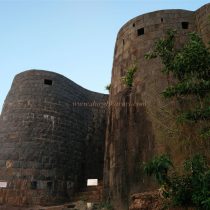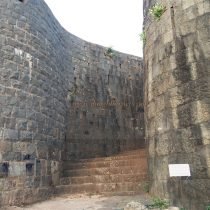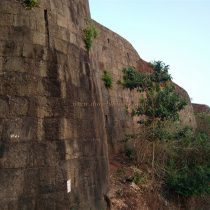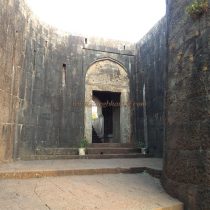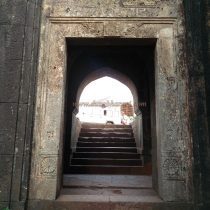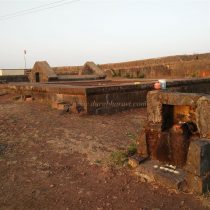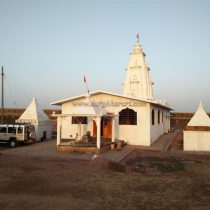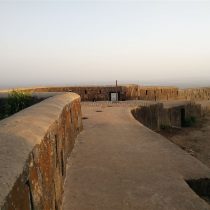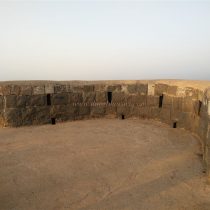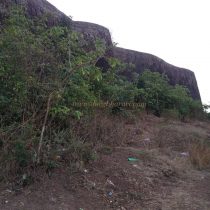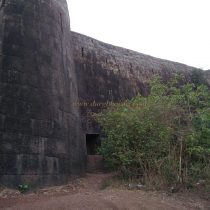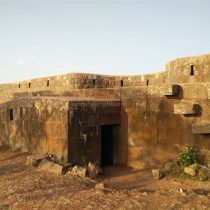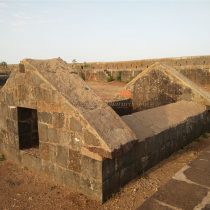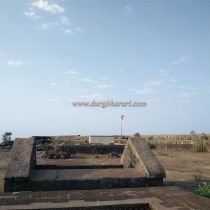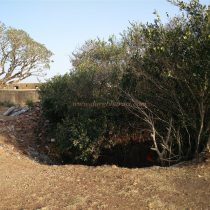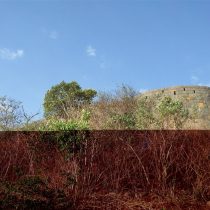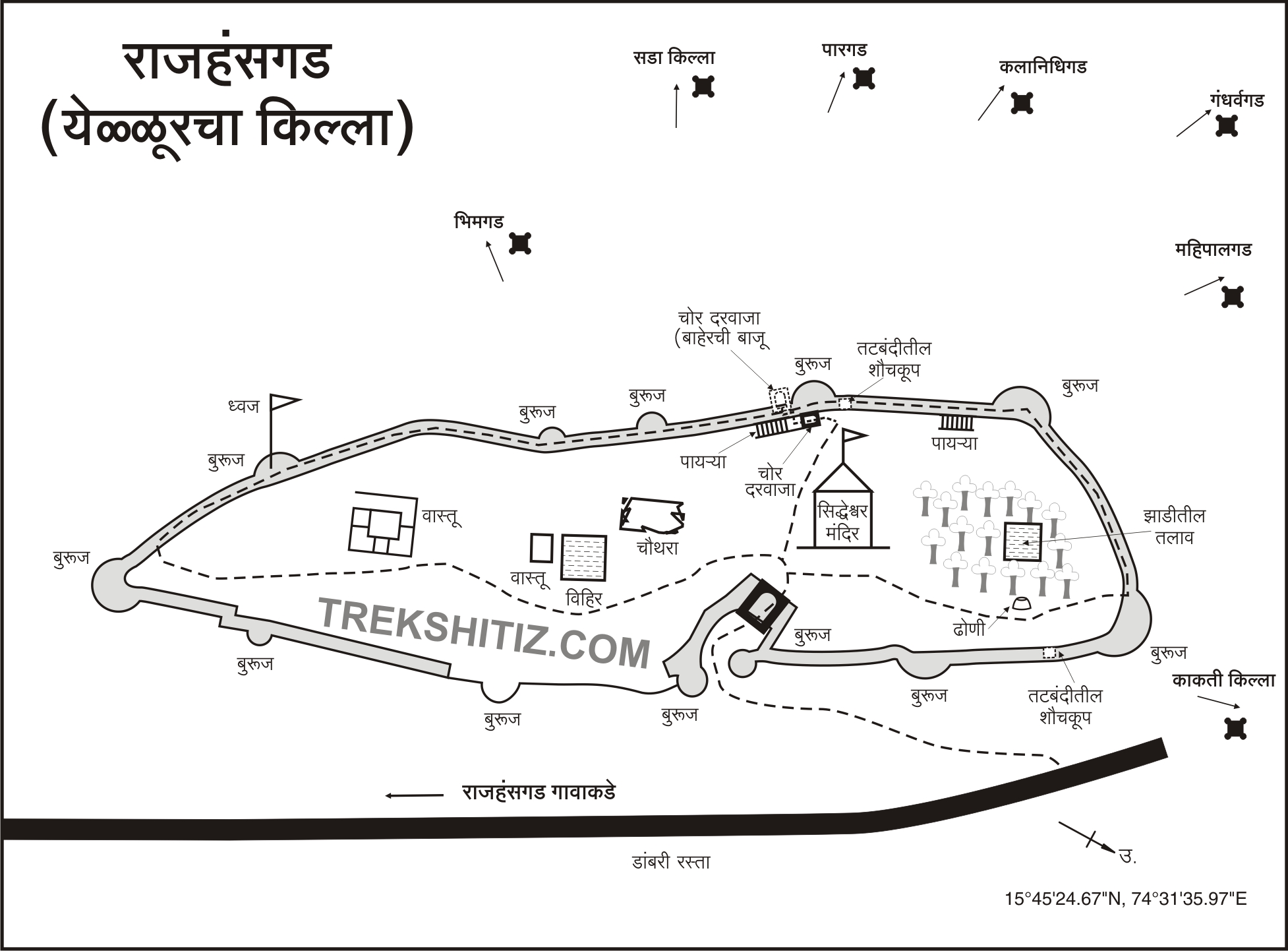RAJHANSGAD
TYPE : HILL FORT
DISTRICT : BELGAON
HEIGHT : 3250 FEET
GRADE : EASY
In Belgaon, forts like Pargad, Samangad, Vallabhgad, Rajhansgad, and ground forts of Belgaon are important forts. These forts, which bear witness to Shivaji Maharaj's prowess, still stand strong today. Shivaji Maharaj used these forts in the border areas to control the Portuguese in Goa and Janjira in Konkan. It was possible to send messages from one fort to another as one could see each other from one fort to another. Among all these forts, Rajhansgad near Yelloor village has to be mentioned. Located in the village of Yellur in Belgaon district, this fort is also known as Yellurgad. The fort is at a distance of about 7 km from Yellur village while Rajhansgad village is at a distance of 5 km located at the base of the fort. It takes half an hour to walk from this village to the fort.
...
There is a paved road from Rajhansgad village to the fort, so you can drive directly to the gate of the fort. This narrow shaped fort is spread north-south and its height is 2500 feet above sea level. The length of the fort is 640 x 160 feet and the total area of the fort is 2.5 acres. As you approach the fort from the place where you parked your car, you are greeted by two magnificent 30 feet high bastions with strong ramparts. The main gate of the fort is hidden behind this bastion. You enter the fort directly through this gate of fighter construction. Inside the gate of the fort, there are porches for guards on both sides. Upon entering the fort through the gate, a Shiv temple can be seen in front. The renovation work of this Shiv temple is underway. Although the temple is newly built, the idols of Shivling and Nandi in the temple are old. There are two ancient domes on either side of this Shiv temple. Due to the small area of the fort, the entire fort can be seen at a glance. On the right side of the temple are very large and deep dry cisterns carved in the rock. As the fort is very porous, water can't get collected. The stones obtained during the excavation of these cisterns were used for the construction of the fort. On the left side of the temple, there is a deep water cistern which still has a lot of water in it but it is not drinkable. Apart from this, many other remains and the foundation of a mansion can be seen in this area. The fort has a total of thirteen bastions, two of which have been demolished and the road to reach the fort has been created. Under the bastion at the north end of the fort, a dome appears to have been erected. The entire fort can be reached from the ramparts. In addition to the steps to climb the ramparts, a total of five toilets and two barns can be seen in the ramparts. The fort has two gates on the east-west side, the main gate on the east and the secret gate on the west. The fort has been transforming in the last few years. Many improvements were made to the fort without any impact on the original structure of the fort. The bastions of the fort have also been repaired. Half an hour is enough to walk around the entire fort. A very distant region can be seen from the top of the fort. The Rajhansgad fort was built to keep an eye on the way to Belgaon, the capital of the Ratt family. As the hill of the fort is very small, the main purpose of this fort should only be for surveillance. Later, Adilshahi Sardar Asad Khan renovated the fort the way we see it today. The fort was then ruled by various dynasties. A glance at the fort's history reveals no special record of the fort, but just its name mentioned and the three battles that took place in its vicinity. The first battle was between the Peshwa and the Nawab of Savnur, while the second was between the Peshwa and Tipu Sultan. The third battle was fought between the forces of Bhivgad and Rajhansgad. Rajhansgad, near the village of Yelloor, has always been an attraction for everyone.
© Suresh Nimbalkar

